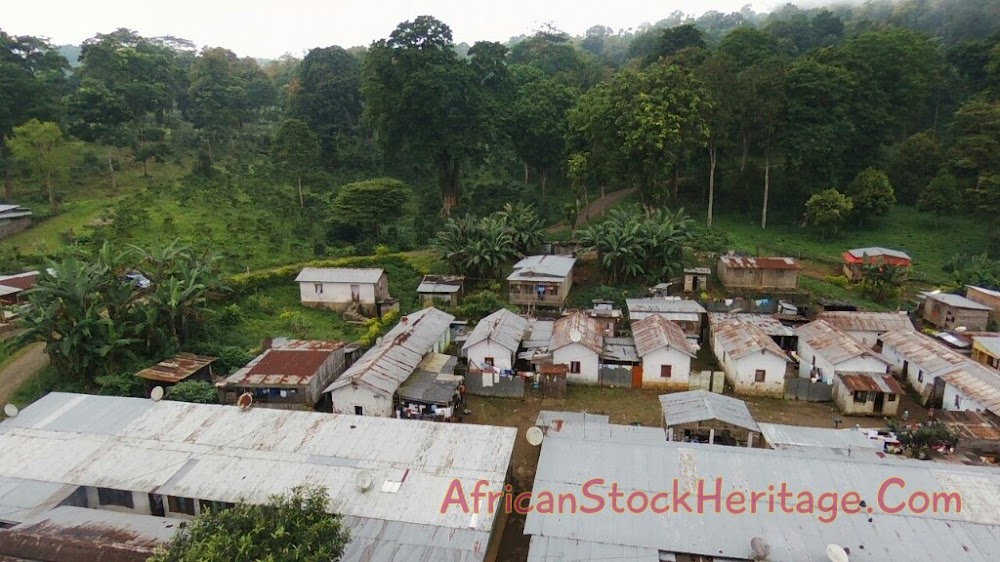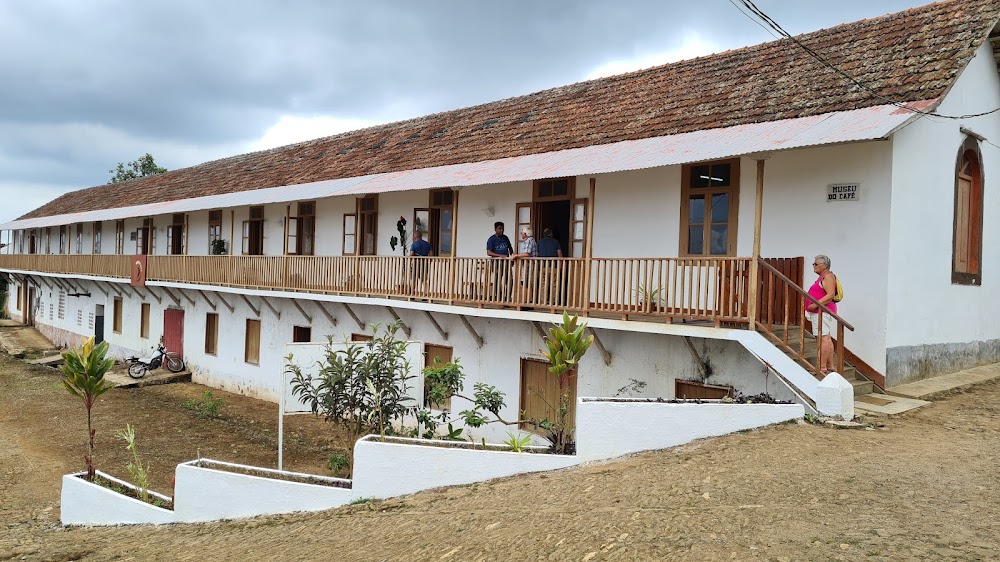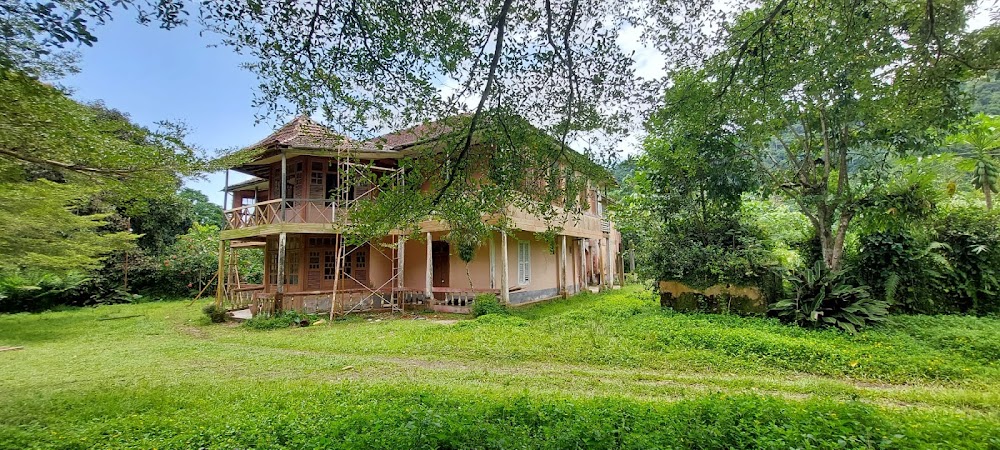Roça Nova Moca (Roça Nova Moca)
Related Places
Overview
Located in the lush volcanic landscape of São Tomé and Príncipe, Nova Moca, also known as Roça Nova Moca, stands as a captivating historical site in the charming town of Serravalle. This plantation offers a window into the rich cultural and agricultural heritage of this vibrant African island nation.
Originally established during the Portuguese colonial era, Nova Moca was part of a vast network of plantations known as "roças." These estates played a pivotal role in the island's economy, primarily focusing on the production of cocoa and coffee—key exports for São Tomé and Príncipe. The selection of Nova Moca's location was strategic, chosen for its fertile soil and favorable climate, making it an ideal hub for agricultural endeavors.
The plantation complex at Nova Moca encompasses several essential buildings for its operation. At its core lies the main house, which served as the residence for the plantation manager. This structure often reflects a colonial architectural style, characterized by large verandas, high ceilings, and durable materials designed to withstand the tropical climate. Surrounding the main house are various outbuildings, including worker accommodations, storage facilities, and processing units where coffee and cocoa crops were fermented, dried, and prepared for export.
The workforce at Nova Moca predominantly consisted of local laborers, who undertook the demanding task of maintaining the extensive plantation grounds and ensuring a consistent supply of crops. The work was labor-intensive, involving everything from planting and tending to the crops, to harvesting and processing them. Despite the grueling nature of the labor, these plantations were vital to the local economy, providing employment opportunities and forming connections to the global market.
As São Tomé and Príncipe gained independence in 1975, many roças, including Nova Moca, underwent significant transformations. While some plantations fell into disrepair, Nova Moca evolved into a mixed-use site dedicated to preservation and the promotion of local agriculture. Restoration efforts were initiated to revitalize original buildings and infrastructure, showcasing the cultural legacy of the island’s colonial past alongside its agricultural achievements.
In contemporary times, Nova Moca has transcended its historical roots to become a vibrant educational and environmental project. The site now serves as a training center where locals can acquire knowledge about modern and sustainable agricultural practices, ensuring the continuation of coffee and cocoa production while contributing to the island's sustainable development. Visitors are frequently welcomed, offering them a unique opportunity to explore the history and daily operations of a traditional São Toméan plantation.
The preservation and ongoing utilization of Nova Moca exemplify a harmonious blend of historical recognition and forward-thinking sustainability. It demonstrates how rich cultural heritage sites can actively support community development while educating future generations about time-honored agricultural practices. Nova Moca is not merely a remnant of the past; it serves as a living testament to the coexistence of history and modernity, fostering sustainable futures for local communities.






